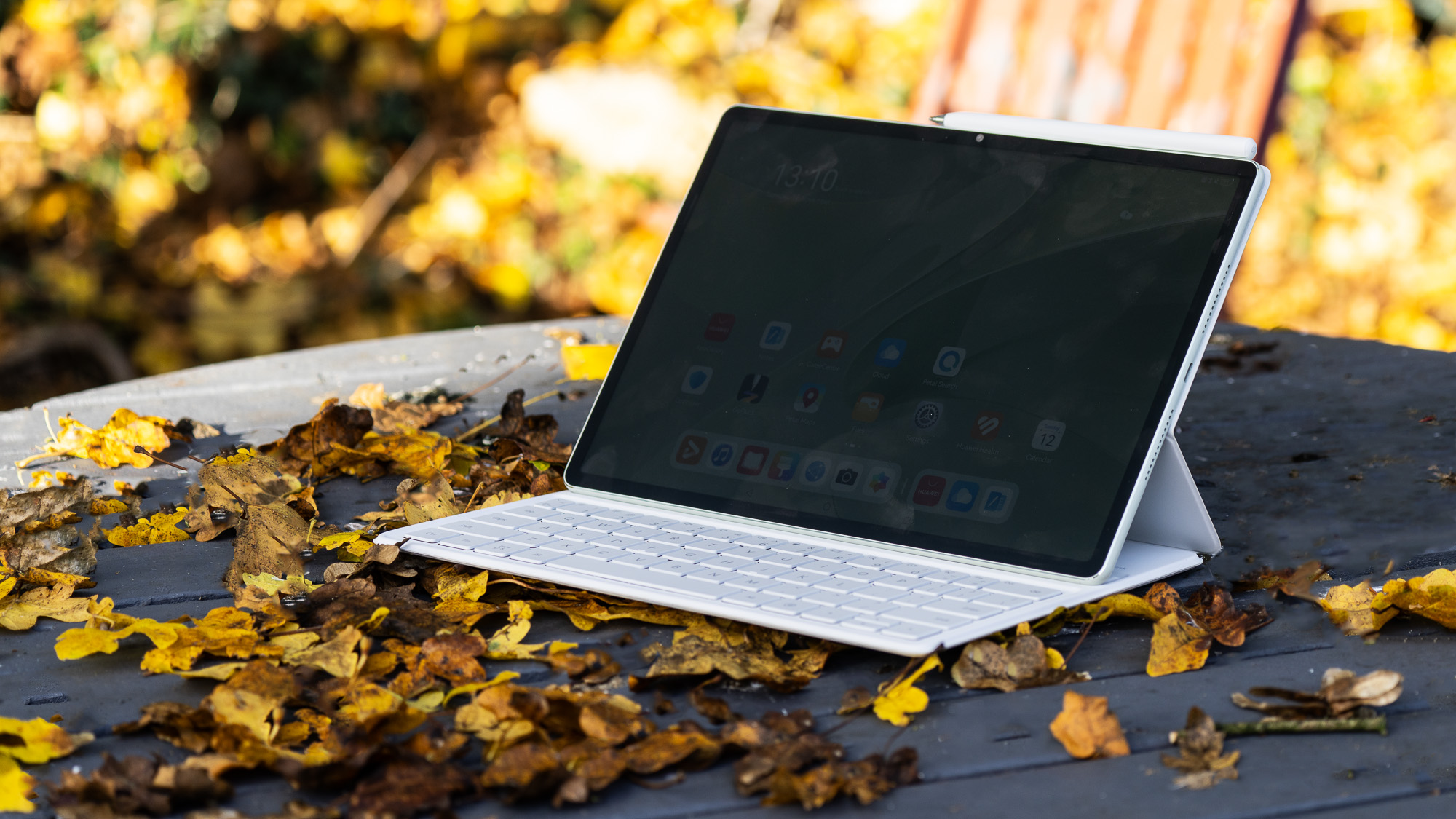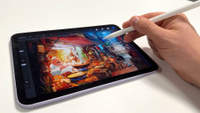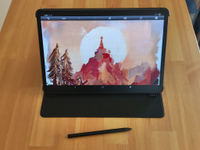Our Verdict
Digital painters and magazine readers will enjoy the MatePad 12X Papermatte Edition. Its matte screen produces plenty of brightness and colour while fending off reflections, and the integration of both the keyboard case and stylus into HarmonyOS is top-notch. For everyone else, it’s a good choice as a media consumption tablet, but you’ll need to check favoured app availability first.
For
- Excellent matte screen
- Bundled keyboard and stylus available
- Decent battery life
Against
- No Google Play
- Not the most powerful
- Requires yet another account
Why you can trust Creative Bloq
Chinese firm Huawei has had its ups and downs, but produces good-quality mobile devices with a quirky software infrastructure that’s not nearly as limited as it used to be. The MatePad 12X Papermatte edition comes in at about the same price as a low-end iPad, and features an anti-reflective screen that’s excellent for reading, streaming and drawing. A stylus and keyboard case are well-integrated into the OS, and it uses the new Nearlink protocol to connect them, which we found to be a seamless experience. Overall, the MatePad 12X offers a good experience as a tablet, but anyone wedded to specific iOS or Android apps may want to check if their preferred software is available before they dive in.
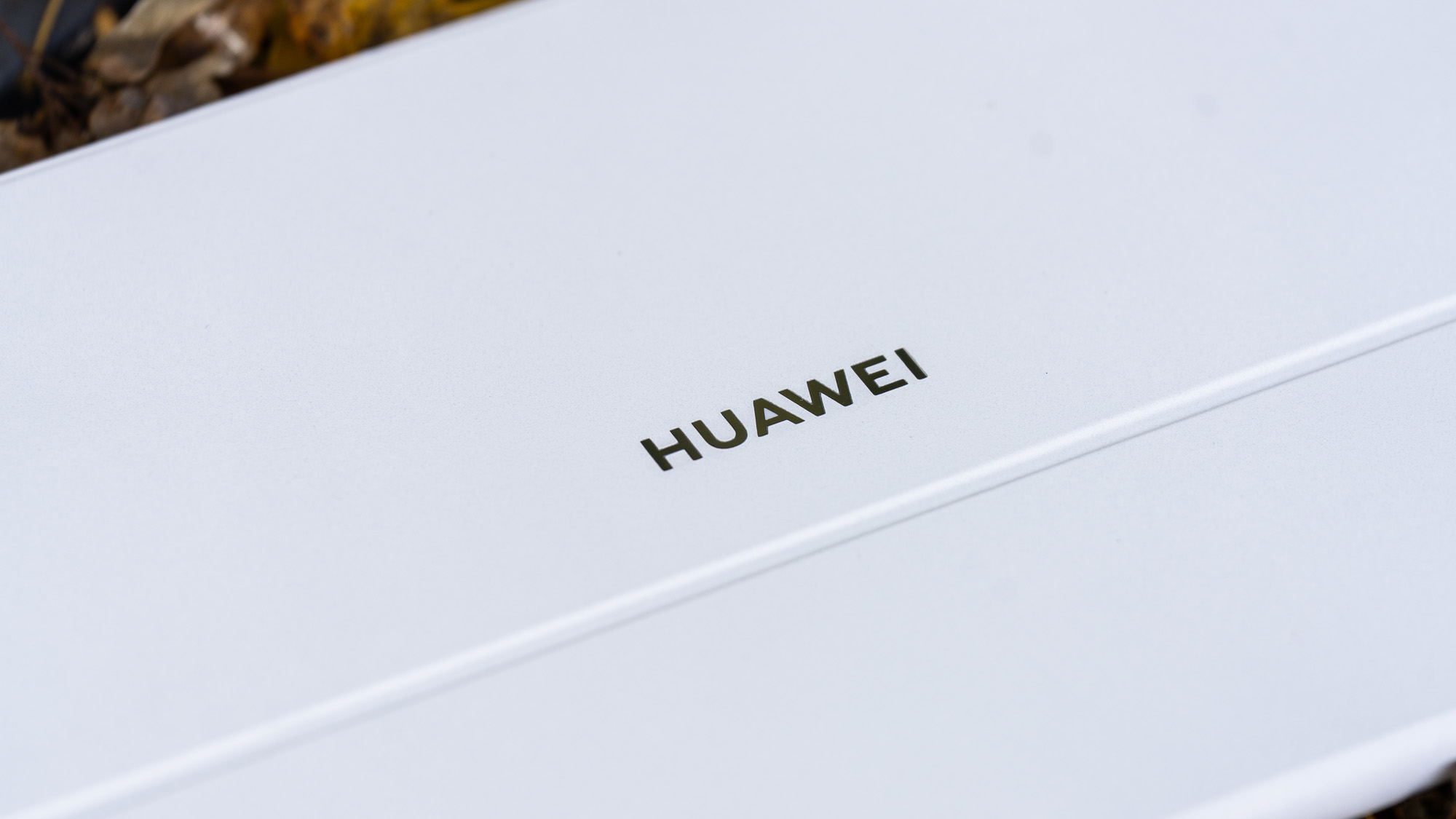
Huawei MatePad 12X Papermatte Edition: Key specifications
| Chipset: | Kirin T90A |
| RAM: | 8 or 12GB |
| Storage: | 256GB |
| Operating system: | HarmonyOS 4.2 (Android 12) |
| Screen: | 12in LCD, 2800 x 1840, 144Hz |
| Rear cameras: | 12MP wide, 8MP ultrawide |
| Connectivity: | Nearlink, Wi-Fi 6, Bluetooth 5.2, USB 3.1 Type-C |
| Battery: | 10,100mAh |
| Dimensions: | 270x183x6mm |
| Weight: | 555g |
Design & build
We found ourselves trying to use the iPadOS close app gesture on the MatePad 12X, possibly just out of a moment of overtired muscle memory but also because there's a big dose of Apple-like design here. The sides are more rounded and the aspect ratio thinner than an iPad, but the speakers, buttons, even the keyboard connector are in the same place, and there's definitely something familiar about the feel of the MatePad.
Moving on, it’s a standard rectangular slate with a matte-finished LCD screen that’s easy on the eye and perfect for reading things on. It’s not rough like a Kindle Paperwhite screen, but doesn’t reflect light like an OLED either. It feels good in the hand, not too thin that you can’t use it without a case, and with top- and bottom-mounted speakers if you want to use it for streaming, though no headphone port is present.
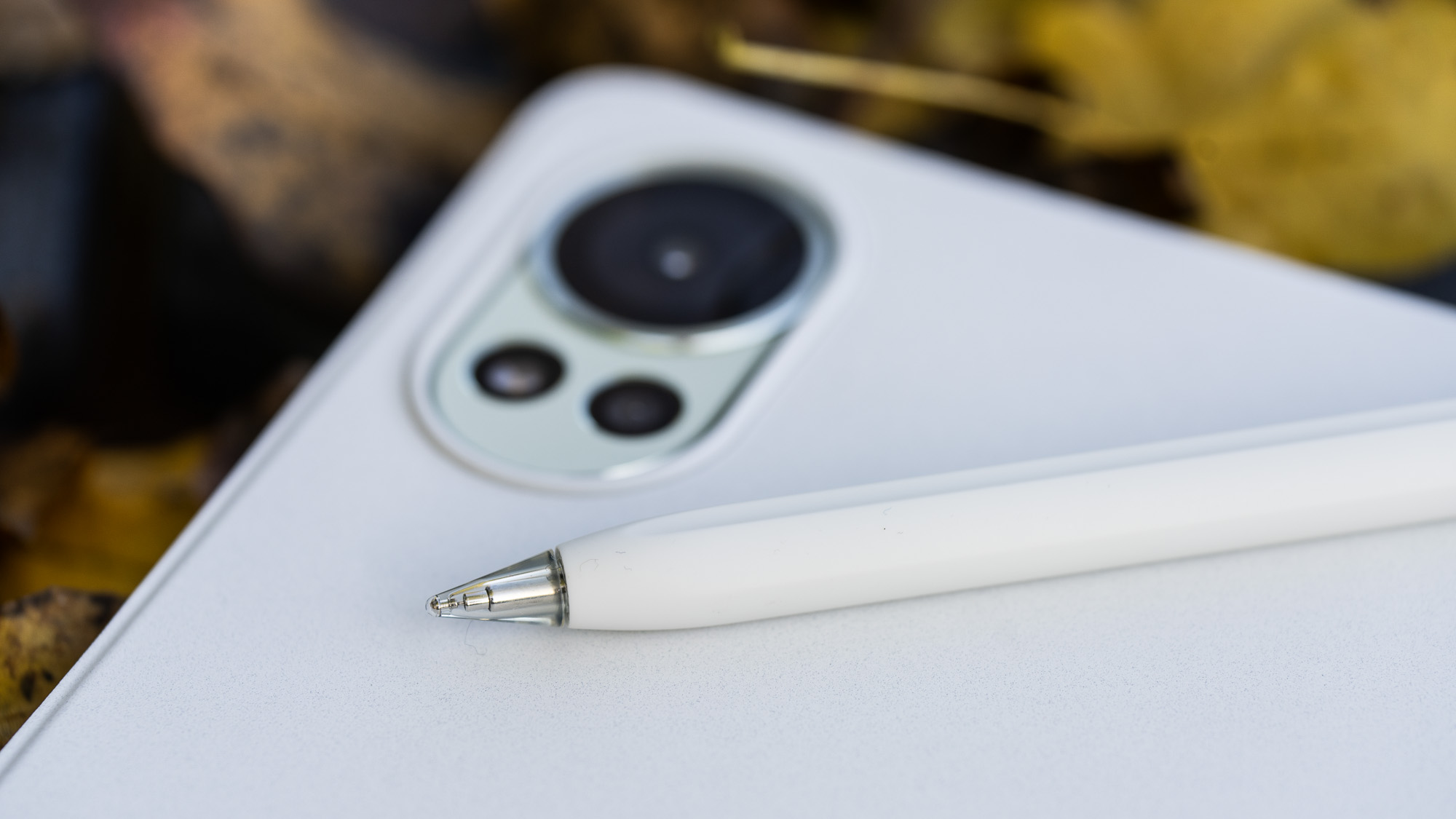
Our review model came with a keyboard case in the box that attaches with magnets and connects to the tablet via Nearlink, Huawei’s new Bluetooth alternative (names for it have included SparkLink and Greentooth). It’s a short-range wireless communication protocol that, in its low-energy mode, can transfer at 12Mbps, or six times the rate of Bluetooth. In its ‘Basic’ mode that data transfer rate rises to a claimed 1.2Gbps, all of which is overkill for a keyboard but which may come in useful one day for moving large amounts of data between devices without using the cloud. For that to happen it needs to catch on, of course, and as this is the first Nearlink device to arrive in the Creative Bloq reviews warehouse and spa, it’s clearly early days.
The M-Pencil stylus also connects via Nearlink, and magnetically attaches to the top edge of the tablet just like an Apple Pencil for charging. The software detects it, tells you if it’s in the wrong position, then connects and takes you through a short tutorial in its use. It’s a smooth operation all round.
Usually, we test a tablet’s battery life by locking it in a cupboard and making it run a loop of simulated office tasks and video calls until it gives up. The test wouldn’t run on HarmonyOS, being a Google Play app, but the battery life seems generally excellent, being capable of keeping going all day long with a mix of reading, browsing, painting and a few games.
Features & performance
Huawei still has a software problem, due to the fact it doesn’t/can’t ship the Google Play Store on its devices despite using Android. There are ways around this, and while Huawei’s AppGallery has a selection of apps, big names like Chrome (Opera Mini and Edge are available, along with Office 365, Teams and Outlook), Netflix and Kindle aren’t there, requiring you to download an APK file instead, or find a way to circumvent the restriction. This also means there's very little of the AI nonsense that’s pushing its way into other mobile operating systems. This may be a good or bad thing depending on your viewpoint.
The app situation may be suboptimal, but Huawei has equipped the MatePad 12X with a painting app, GoPaint, that superficially resembles ProCreate and which can export drawings as PSD files as well as JPG and PNG. Combine this with the third-generation M-Pencil stylus (the first pressure-sensitive tablet stylus to support over 10,000 pressure sensing levels, apparently), which you can get as a bundle with the tablet, and you have a nice drawing tablet, the feel of the screen beneath the tip very natural and less slippery than others thanks to its matte coating.
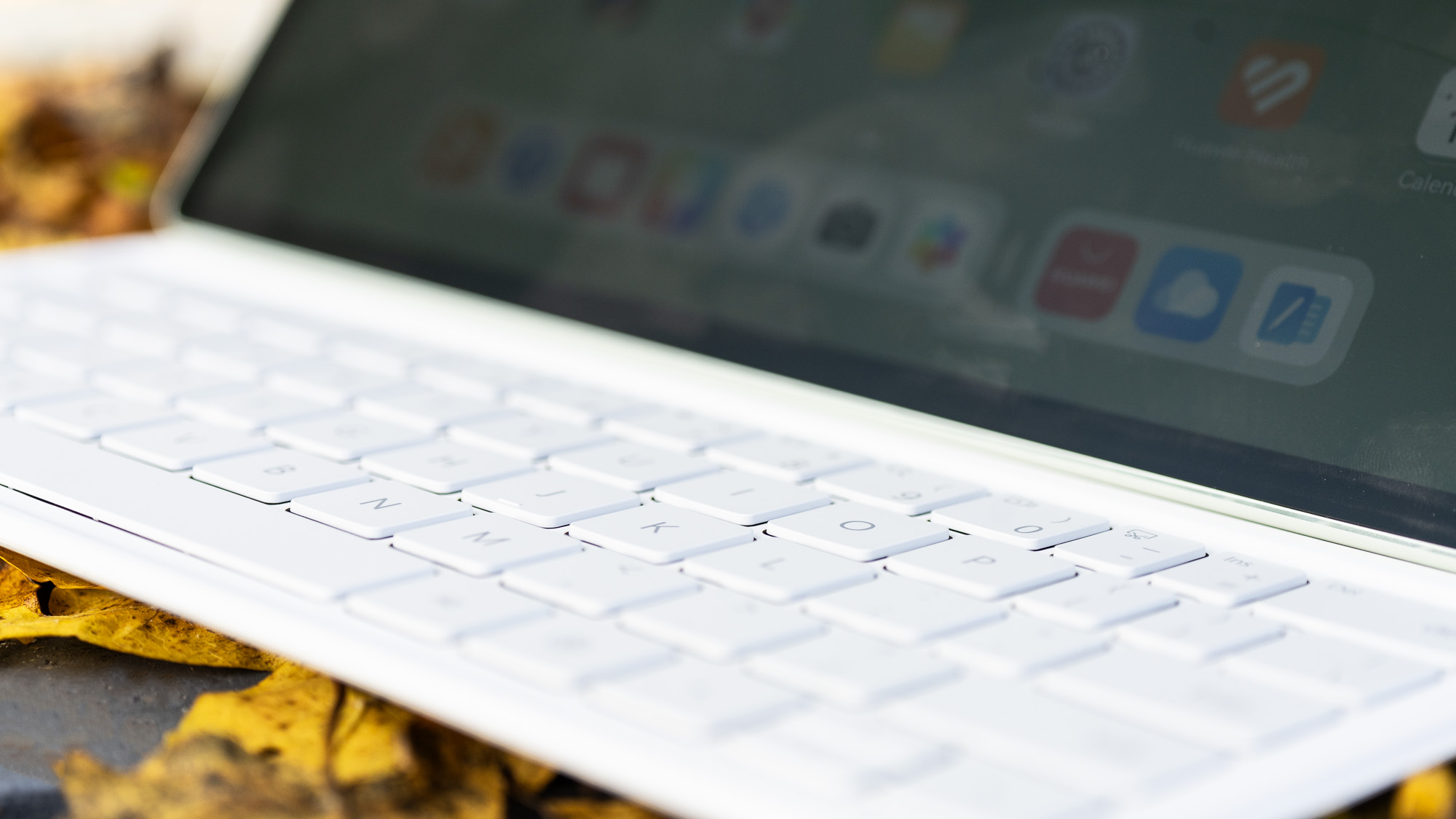
This all means that the benchmarking apps we usually use aren’t natively available on the tablet. We were able to get both Geekbench and PCMark running, but some of the tests wouldn’t complete and we’d perhaps take the results we were able to gather with a pinch of salt. The Geekbench CPU numbers are about half those of the Samsung Galaxy S10+, a much more expensive tablet, but are slightly ahead of the Kindle Fire Max 11, which is cheaper yet just as limited when it comes to software.
Enormous amounts of performance aren’t what you should expect from a moderately priced Android(ish) tablet, especially one with a screen tuned for content consumption rather than creation. It’s nippy enough in use, the 8 or 12GB of RAM allowing for plenty of app-swapping potential and even opening large documents.
The Kirin T90A is an eight-core chipset split into the usual clusters - one ‘prime’ core that’s particularly fast, three more fast cores, and four slower ones for background tasks. They’re Arm Cortex A-510 cores, which were launched in 2021 and are the same as those used in various Snapdragon and Dimensity chipsets, as well as the Google Tensor G3. The chipset here may not be the fastest out there, but it’s certainly not lagging behind by much.
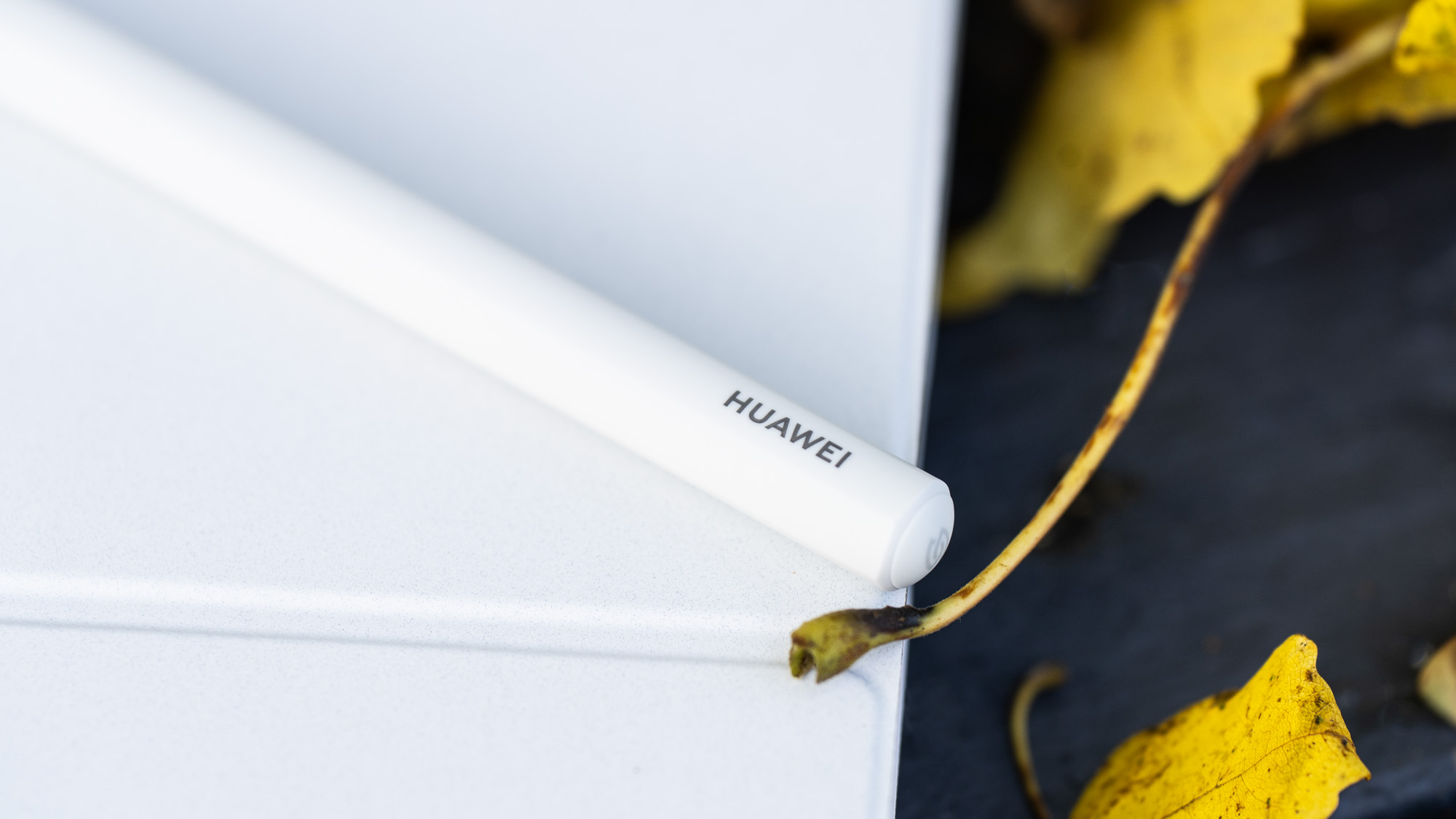
Price
The Huawei MatePad 12X Papermatter Edition retails at £550 on Huawei's online store, with a keyboard included. This is a mid-price tablet, with things like the Amazon Kindle Fire coming in much cheaper, the entry-level iPad a bit cheaper, and the Samsung Galaxy Tabs and iPad Pros of this world more expensive. Getting the bundle with the magnetic keyboard and M-Pencil is a great way to pick up a complete system, and it doesn’t feel overpriced for what you get, as long as you can live within its software limitations.
Who is it for?
With its matte screen and reasonable performance it’s likely to be something you can bend to multiple tasks, perfect if your phone screen is just too small sometimes. This means it’s a versatile machine that’s just good to have around, whether it’s for taking notes, streaming, reading, painting or playing games. It’s likely to have broad appeal, but the great big caveat that comes with buying a Huawei device - no Google Play Store unless you’re tricky - means it may lose attractiveness in some eyes.
Buy it if...
- You want a less-expensive tablet with a good screen
- You’re not wedded to Google apps
- A 12in screen is big enough
Don't buy it if...
- Google Play is a dealbreaker
- You want something more powerful
- You’re really into AI
Also consider
Apple iPad mini 7th generation
About the same price, compatible with the Pencil Pro, and with the might of the App Store behind it.
About to be replaced by an S10 Ultra, but this high-power tablet has a lot to offer creative pros.
out of 10
Digital painters and magazine readers will enjoy the MatePad 12X Papermatte Edition. Its matte screen produces plenty of brightness and colour while fending off reflections, and the integration of both the keyboard case and stylus into HarmonyOS is top-notch. For everyone else, it’s a good choice as a media consumption tablet, but you’ll need to check favoured app availability first.

Ian Evenden has been a journalist for over 20 years, starting in the days of QuarkXpress 4 and Photoshop 5. He now mainly works in Creative Cloud and Google Docs, but can always find a use for a powerful laptop or two. When not sweating over page layout or photo editing, you can find him peering at the stars or growing vegetables.
